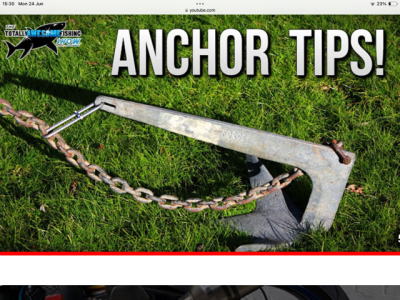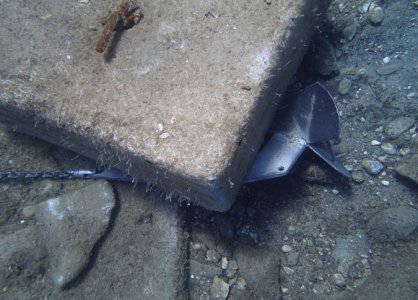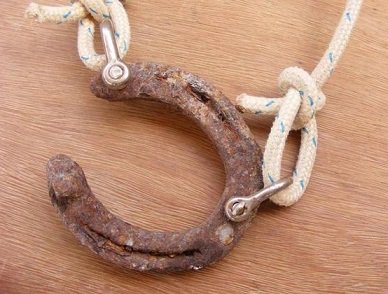Jon magowan
Member
Hello All,
I enjoy anchoring but I constantly worry that one day I will end up fouling my anchor on something. It seems almost inevitable that it will happen sooner or later.
Having done a bit of research online it seems like the fishing fraternity advocate the system depicted in the attached photo. Basically the chain is attached to the anchor at the tripping point at the head of the shank, then also attached via a ‘weak’ link at the end of the shank.
The idea is that if the anchor is fouled, eventually, as you try to recover it, the weak link will give way and you will then be pulling the anchor from the tripping point on the shank. Presumably vastly increasing your chances of a successful recovery.
This seems like a great idea but I haven’t seen it anywhere amongst all the yachting publications and videos that I’ve consumed in the last couple of years since I started.
I’m sure there must be a reason why the yachting fraternity don’t seem to like this technique. Can anyone explain why ?
I enjoy anchoring but I constantly worry that one day I will end up fouling my anchor on something. It seems almost inevitable that it will happen sooner or later.
Having done a bit of research online it seems like the fishing fraternity advocate the system depicted in the attached photo. Basically the chain is attached to the anchor at the tripping point at the head of the shank, then also attached via a ‘weak’ link at the end of the shank.
The idea is that if the anchor is fouled, eventually, as you try to recover it, the weak link will give way and you will then be pulling the anchor from the tripping point on the shank. Presumably vastly increasing your chances of a successful recovery.
This seems like a great idea but I haven’t seen it anywhere amongst all the yachting publications and videos that I’ve consumed in the last couple of years since I started.
I’m sure there must be a reason why the yachting fraternity don’t seem to like this technique. Can anyone explain why ?




